A Winning PPC Strategy for Ecommerce: Why a Specialist Beats an Agency Every Time
- Chase McGowan

- Aug 22
- 16 min read
A winning PPC strategy for ecommerce is a direct investment in your brand’s growth, and who you trust with that money is everything.
It’s the difference between a real partnership with an expert focused on your bottom line and a generic service from a bloated agency that treats you like just another account number. The right approach makes sure every dollar you spend is tied to a clear, profitable outcome.
Why Your PPC Strategy Needs an Expert, Not an Agency
Let's cut to the chase—the typical digital marketing agency model is broken for ambitious ecommerce brands.
You’re sold a dream of a full-service team, but the reality is often an overpriced, one-size-fits-all strategy. Worse, it's usually executed by a junior account manager juggling a dozen other clients. This setup almost always creates a massive gap between your business goals and the person actually managing your ad spend.
This isn't a guess. I've seen it firsthand, time and time again, leading to torched ad budgets and huge missed opportunities. An agency might apply the exact same campaign template to your high-end, custom furniture store as they do for a fast-fashion retailer. The result? Your budget gets vaporized on broad keywords that attract window shoppers, not qualified buyers ready to pull out their credit cards.
The Agency Disconnect
The core problem with most large agencies is a painful lack of specialized focus and direct accountability. Your success is just one metric on a spreadsheet, managed by someone several layers removed from anyone making strategic decisions.
Here's what that usually looks like in practice:
Inflated Fees: A huge chunk of your retainer pays for agency overhead—fancy offices, sales teams, and administrative bloat—not for the actual talent working on your account.
Junior Management: It's common for your campaigns to be handed down to less experienced team members. They end up relying on automated recommendations from Google without truly understanding your product margins or customer lifetime value.
Glacially Slow to Adapt: When market trends shift or a competitor makes a move, a layered agency structure can’t react quickly. As an independent specialist, I can pivot strategy in hours, not days or weeks.
I once audited an account for a jewelry brand spending $30,000 a month with a big-name agency. The report I delivered was jaw-dropping: nearly 40% of their budget was being wasted on overly broad search terms that had never produced a single sale. It was a classic, textbook case of an agency's "set it and forget it" approach.
The Specialist Advantage
Working with me, a dedicated ecommerce PPC consultant, flips the entire dynamic. Instead of paying for a company's overhead, you're investing directly in my senior-level expertise. My success is directly and transparently tied to yours.
This focused partnership means your strategy is built from the ground up to align with the realities of your business. We’re not just chasing clicks or impressions; we’re chasing profitable growth. I dive deep into what makes your business tick—your brand story, your product margins, your real ideal customer—and build a custom plan from there.
Agencies apply templates. An expert builds a bespoke engine designed for your growth. This personalized approach is a non-negotiable part of effective [PPC marketing](https://www.cometogether.media/blog/categories/ppc-marketing).
Ultimately, you need a partner who is as obsessed with your return on ad spend (ROAS) as you are. This isn't just about running ads; it's about building a scalable, profitable customer acquisition machine. I act as a true extension of your team, providing the strategic oversight and hands-on management that bloated agencies simply can't match.
Building a Profitable Foundation for Your Campaigns
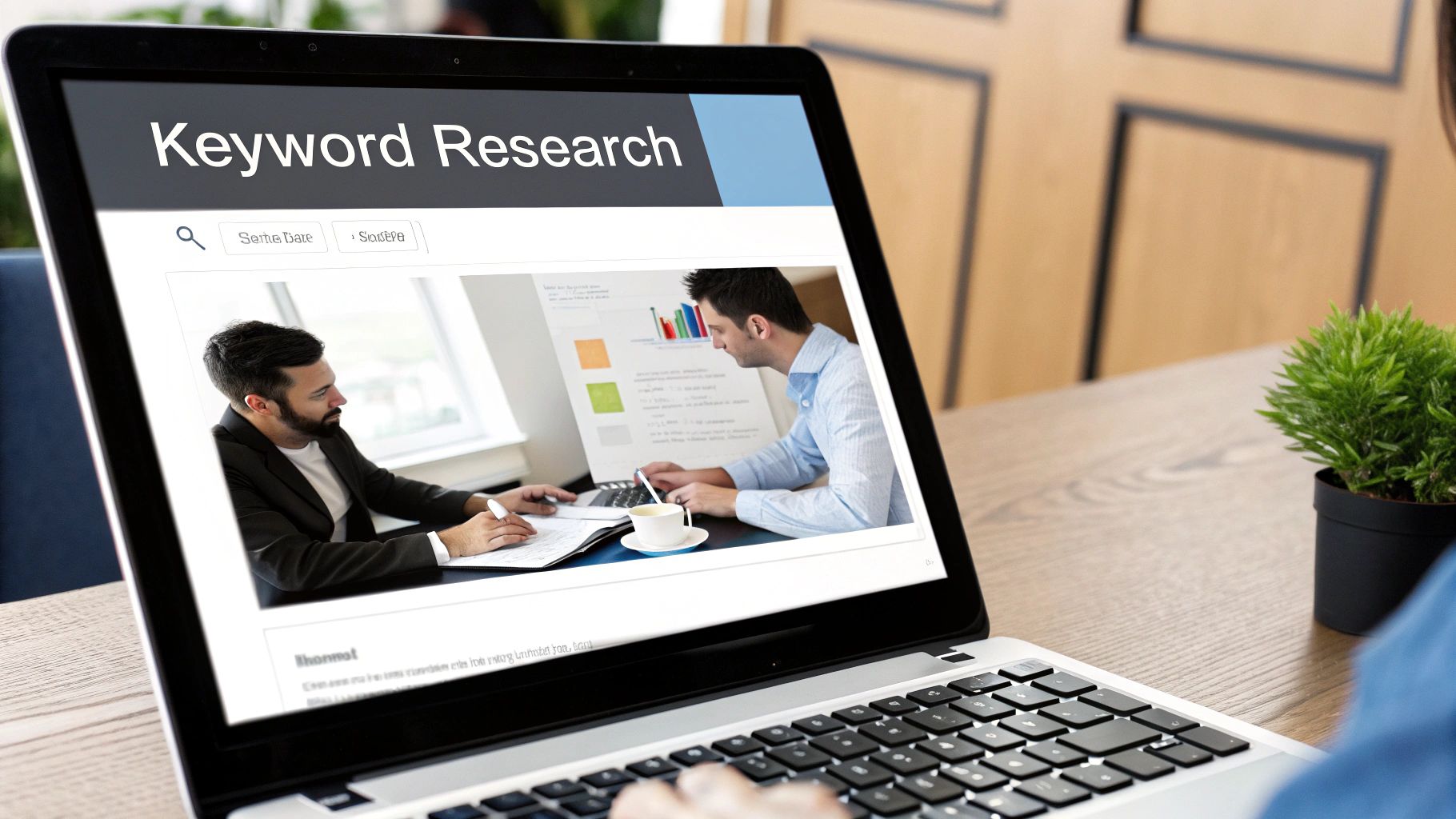
A high-performing PPC strategy for ecommerce starts long before the first ad goes live. This is the foundational work that overworked agencies frequently rush or skip entirely. They jump right into building campaigns, but the real money is made by digging deep first to structure an account for success from day one.
Pay-per-click is a monster of a channel for ecommerce because you can measure everything. When it’s done right, the results are undeniable—businesses often see an average of $2 for every $1 spent, with some hitting an 800% return. This potential is exactly why it’s a top-tier marketing channel year after year.
Moving Beyond Basic Competitor Analysis
Most agencies will give your top three competitors a quick glance, copy some of their ad headlines, and call their research done. That’s not a strategy; it’s a shortcut. My expert approach is more like a forensic investigation.
I’m not just looking at who your competitors are, but where their strategy is weakest. Are they ignoring valuable long-tail keywords? Is their ad copy generic and uninspired? Are they completely failing to mention a key feature that your product nails?
This is where the gaps are. A competitor might be throwing huge money at a broad term like "men's running shoes," but they’re completely missing the high-intent searches for "lightweight marathon shoes for wide feet." That's your opening. We can win that specific, ready-to-buy traffic with a lower cost-per-click and a much higher conversion rate.
Structure Your Account for Profit, Not Just Products
Here’s a critical mistake I see over and over: agencies structure campaigns around product categories. It seems logical on the surface, but it's a deeply flawed model because it ignores the single most important business metric: profitability. I structure Google Ads accounts based on product margins, period.
Why is this so important? Because not every sale adds the same value to your bottom line.
High-Margin Products: These are your cash cows. They deserve their own campaigns, aggressive bids, and dedicated budgets, even if they aren't your highest-volume sellers.
Low-Margin Products: These might sell well, but they don't fatten your wallet. They need to be managed more conservatively to maintain a healthy Return On Ad Spend (ROAS).
By grouping products this way, we can set specific performance targets (like tROAS) that are directly tied to your actual business goals. This ensures every dollar you spend is working its hardest for you. As an experienced Google Ads consultant, I know that a profit-driven structure is the only way to truly scale.
The Non-Negotiable Technical Setup
Your data is the fuel for Google's AI. If you feed it garbage, you will get garbage results. I can't stress this enough. This is where my meticulous technical setup becomes non-negotiable for any serious ecommerce PPC strategy.
When I audit an account managed by a typical agency, the single most common point of failure is broken or incomplete conversion tracking. Without clean data, every decision is a blind guess, and Google's Smart Bidding algorithms are effectively flying blind.
Getting your technical foundation right involves three key steps:
Implement Robust Conversion Tracking: This means I personally set up Google Ads conversion tracking with cart data and enable Enhanced Conversions. This feature securely sends hashed customer data to Google, dramatically improving conversion accuracy in a world without third-party cookies.
Properly Link Your Accounts: Your Google Ads, Google Analytics 4 (GA4), and Google Merchant Center accounts must be flawlessly connected. This is non-negotiable. It ensures data flows between platforms, giving you the full picture of the customer journey and powering things like dynamic remarketing.
Validate Your Product Feed: A clean, optimized product feed in Google Merchant Center is your lifeblood for Shopping ads. Any errors or disapprovals can bring your campaigns to a grinding halt. Before spending a single dollar, I will comb through it to ensure it's error-free and fully optimized with strong titles, images, and attributes.
Crafting Ecommerce Campaigns That Actually Convert
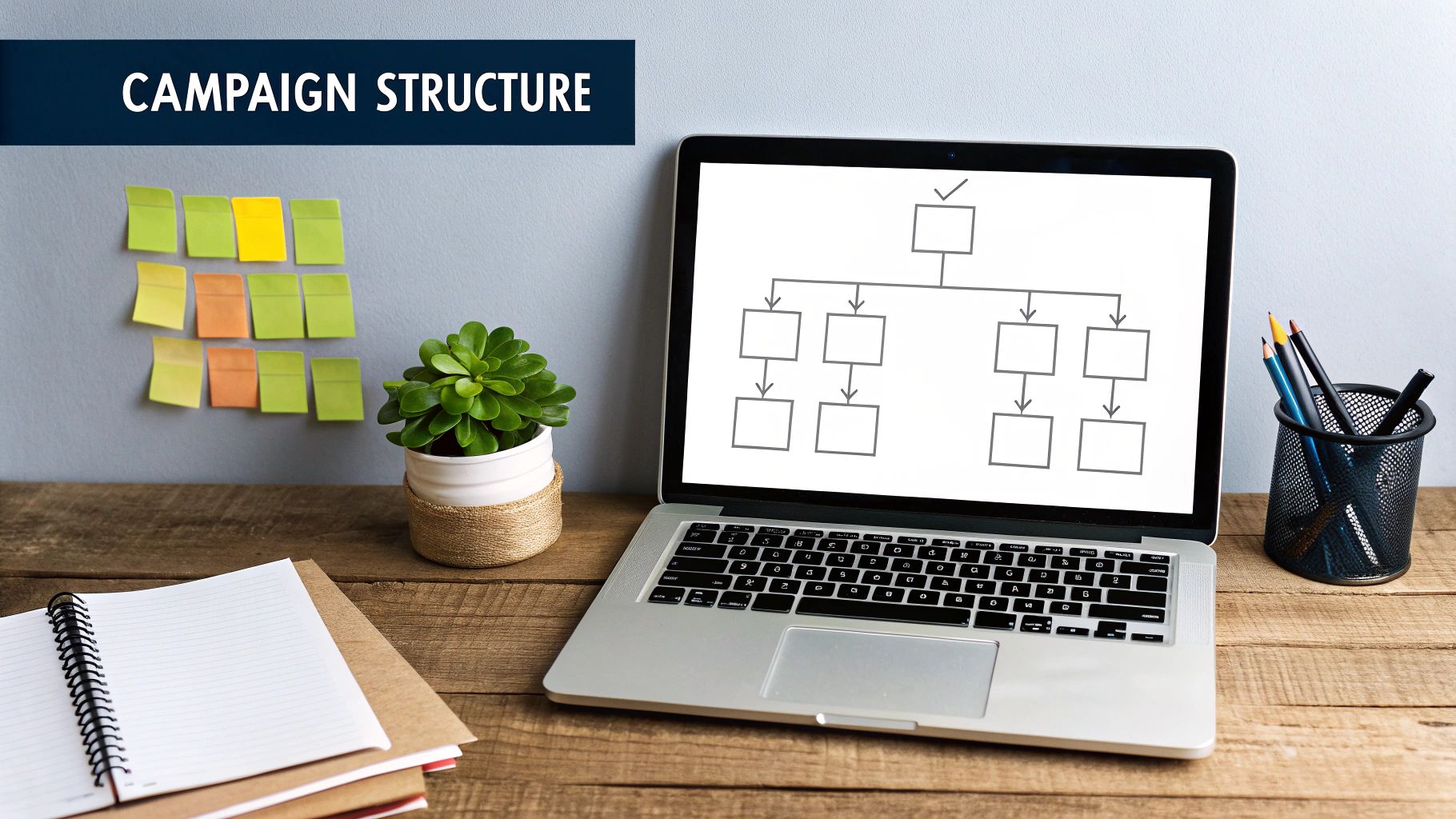
This is where the real work begins—and where my specialist expertise creates a massive gap between profitable results and wasted ad spend. Once your tracking and product feeds are locked in, it's time to build the actual campaigns that will drive your sales.
An agency might just default to a standard setup, but an experienced hand knows how to select and blend campaign types into a powerful, unified system. The goal isn't just to launch a campaign; it's to architect a conversion engine. This is about being the pilot, not a passenger in Google's cockpit.
Choosing Your Ecommerce Campaign Arsenal
For ecommerce, the Google Ads world really boils down to two heavy hitters: Performance Max (PMax) and Standard Shopping. The biggest mistake I see agencies make is treating them as mutually exclusive or, even worse, letting them run wild and compete against each other for the same traffic. That just drives up your costs.
A truly strategic approach uses them in concert, with each playing a distinct role.
Performance Max (PMax): Think of PMax as your wide-net prospecting tool. It’s designed to find new customers across all of Google's channels—YouTube, Display, Search, you name it. It’s incredibly powerful for reaching people who don't even know they need your product yet. Left unchecked, however, it will burn through your budget on ridiculously low-intent placements.
Standard Shopping: This is your control lever. Standard Shopping campaigns give you granular control over individual products, bids, and negative keywords. This is where we go after high-intent shoppers who are actively searching for exactly what you sell. Pure demand capture.
My preferred strategy almost always involves running both. We use Standard Shopping to lock down the most profitable, high-intent searches with surgical precision, while PMax works in the background to discover new customer segments. It's a strategic push-and-pull that maximizes reach without ever sacrificing control.
Taming the AI Beast
Google's AI is an incredible tool, but it's not a mind reader. Too many agencies just feed it a product catalog and a budget, then cross their fingers and hope for the best. That’s a recipe for disaster. Guiding the AI is one of the most critical jobs of a PPC specialist today.
Instead of blind trust, I provide strategic inputs to steer the algorithm toward profit. This means feeding it rich first-party data through audience signals, structuring asset groups around customer personas, and using negative keywords in Standard Shopping to stop PMax from cannibalizing your best traffic. It’s about giving the machine a clear roadmap to your goals.
The difference is stark. An agency lets the AI drive. A specialist gets in the driver’s seat and uses the AI as a powerful navigation system, making strategic adjustments to avoid traffic jams and find the most efficient route to your destination: profit.
A cornerstone of modern ecommerce PPC is leveraging 'click-to-shop' models that make buying seamless. Shoppable images in search ads are changing how people discover and buy right from the SERP. As ecommerce grows, a huge percentage of advertisers are expected to lean more into these visual, high-engagement formats. You can dig deeper into how shoppable ads are shaping PPC trends at seo.com.
Campaign Strategy Consultant vs Agency
When it comes to building these campaigns, the methodology between an independent specialist and a large agency can be night and day. A consultant focuses on custom architecture, while agencies often rely on scalable, templatized approaches to manage their large roster of clients. This table breaks down the typical differences in how each approaches the build.
Campaign Element | Specialist Consultant Approach | Standard Agency Approach |
|---|---|---|
Campaign Selection | Blends PMax & Standard Shopping strategically based on goals. | Defaults to PMax for simplicity or uses a one-size-fits-all setup. |
Bidding Strategy | Starts with controlled bidding (e.g., Manual CPC) to gather data before scaling to Smart Bidding. | Often starts immediately with Target ROAS, giving the AI little initial data. |
Audience Signals | Builds custom audiences using rich first-party data (purchase lists, high-LTV segments). | Uses broad, auto-generated audiences or basic remarketing lists. |
Negative Keywords | Implements extensive negative keyword lists at launch to block waste from day one. | Adds negatives reactively after spend has been wasted on irrelevant queries. |
Asset Group Structure | Creates themed asset groups based on product categories or customer personas. | Puts all products and assets into a single, generic asset group. |
Ultimately, the consultant's approach is about control and customization from the start, ensuring the campaign is built on a solid, profitable foundation. The agency model often prioritizes speed and scalability, which can lead to initial inefficiencies and require more clean-up later on.
The Pre-Launch Checklist An Agency Skips
Before a single dollar of your money is spent, I run through a meticulous pre-launch checklist. This is the final quality-control step that prevents the sloppy, expensive mistakes I often see in rushed agency environments. It ensures every campaign starts on the right foot, primed for success from the very first click.
My personal pre-launch ritual always includes:
Verify All Tracking Tags: I personally double-check that conversion tracking, Enhanced Conversions, and remarketing tags are firing correctly on all key pages using Google Tag Manager's preview mode. No guesswork.
Confirm Product Feed Health: I do one last sweep of Google Merchant Center for any warnings or disapprovals that could throttle reach.
Set Location and Schedule Bids: I make sure targeting is set only to profitable regions and that ad schedules are optimized for peak buying times.
Review Negative Keyword Lists: I apply comprehensive negative keyword lists at both the campaign and account level to immediately block budget-draining traffic.
Check Ad Copy and Assets: A final proofread of all headlines, descriptions, and images for typos, brand compliance, and compelling calls-to-action is non-negotiable.
This disciplined process is the difference between a controlled, strategic launch and a chaotic scramble to fix problems after your budget has already been torched. It’s the kind of hands-on attention to detail that separates a dedicated consultant from a volume-based agency model.
Mastering Bids and Budgets for Higher ROI
This is where most ecommerce brands bleed money. It's the silent killer of an otherwise solid PPC strategy for ecommerce. Big agencies love to set automated bidding on autopilot, letting Google's algorithm spend freely without the strategic oversight needed to ensure you're actually making a profit.
Let's take back control.
Demystifying Google's bidding strategies is the first step. For any ecommerce store, the two you’ll lean on most are Target ROAS (tROAS) and Maximize Conversion Value. Overworked agency teams might just pick one and forget it, but as a specialist, I know the choice depends entirely on your business stage and data maturity. This hands-on management is what separates a true partner from a generic service provider.
Choosing the Right Automated Bidding Strategy
Deciding between tROAS and Maximize Conversion Value isn't about preference; it's a strategic decision. One gives Google control with a very specific goal, while the other gives it a much broader directive. Making the wrong choice at the wrong time will either choke your growth or burn through your budget with junk traffic.
Here’s the framework I use for choosing the right one:
Maximize Conversion Value: Use this when your account is new or has very little conversion data (think less than 30-50 conversions in the last 30 days). This strategy tells Google's algorithm to simply get the highest possible revenue from your budget, which helps it learn your account and your customers quickly.
Target ROAS (tROAS): You switch to this after you have a consistent history of conversions. You can set a specific Return On Ad Spend goal (like 400%), giving Google a precise efficiency target to hit. This is all about profitable scaling, not just chasing raw revenue.
The expert move here is to start with Maximize Conversion Value to gather data, then graduate to tROAS once you have a clear performance baseline to work from. Agencies often skip this crucial first step, setting unrealistic ROAS targets from day one and then wondering why the campaign never gets off the ground.
The infographic below shows the kind of performance difference you can see between manual oversight and a completely hands-off automated system.
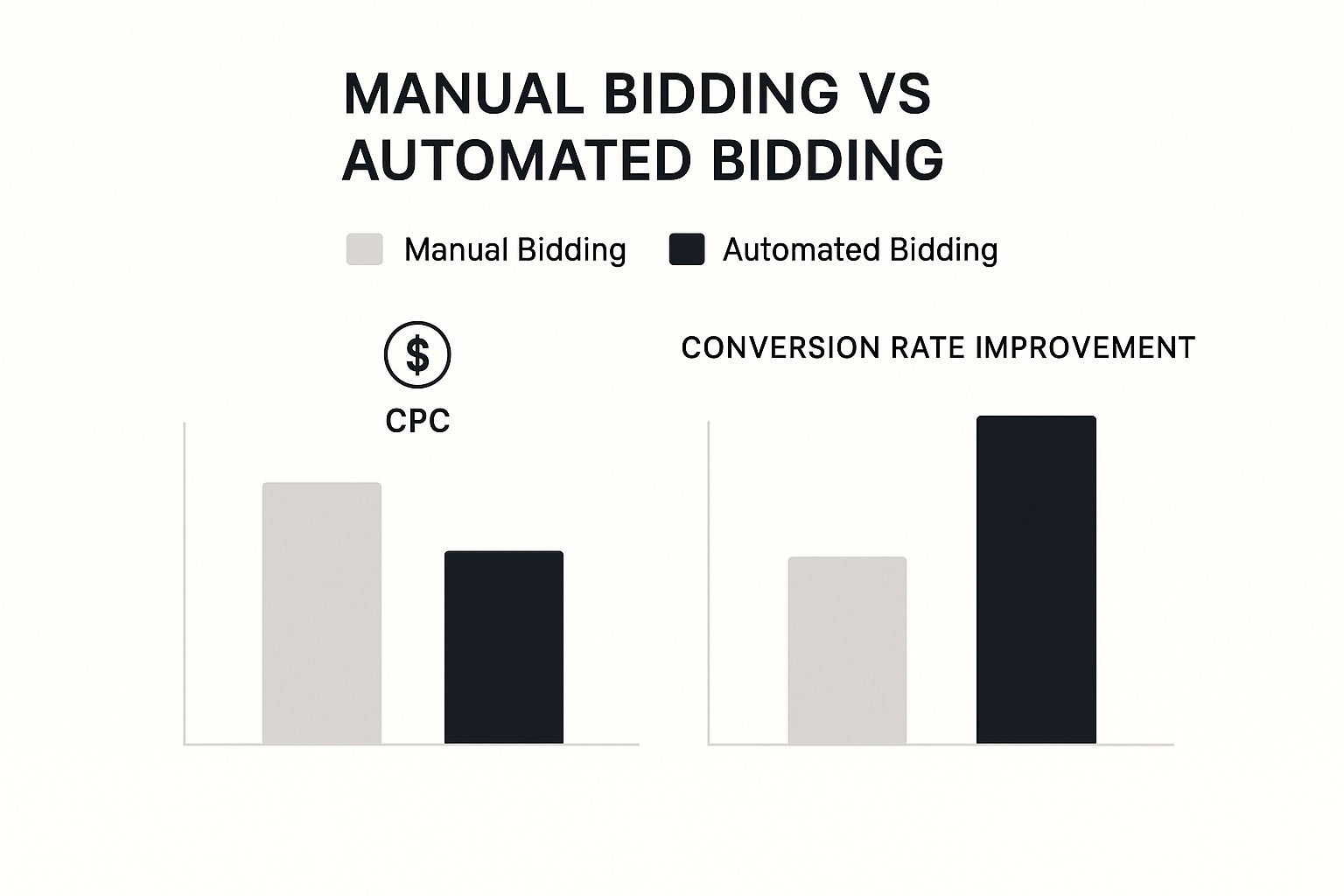
As you can see, a more controlled, strategic approach to bidding often leads to lower CPCs and better conversion rates. It really underscores the need for active management.
Advanced Budget Management an Agency Won't Do
Smart budget management is so much more than setting a daily spending cap. It's about intelligently putting your money where it will generate the highest return. This is the kind of granular, hands-on work that bloated agency teams simply don't have the time—or incentive—to do.
An agency’s goal is often to manage your budget. My goal is to maximize its profitability. The difference in approach is massive—it’s the gap between spending money and investing it.
Here are a few advanced techniques I use to stretch every single dollar:
Strategic Use of Shared Budgets: Instead of setting individual budgets for every campaign, I often group campaigns with similar goals (like high-margin products) under a shared budget. This gives Google the flexibility to allocate spend to the highest-performing campaign within that group on any given day, preventing a single hot campaign from getting choked by its own daily cap.
Device-Level Bid Adjustments: The global market for PPC is expanding fast, with mobile devices driving a huge chunk of ad spending. As a specialist, I dive into your performance data. If we see mobile is converting at a lower cost, we can apply a positive bid adjustment to capture more of that profitable traffic. You can read more about the growth of mobile PPC at digitalsilk.com.
Time-of-Day Scheduling: Your customers don't shop 24/7. By analyzing your conversion data, we can pinpoint your peak buying hours and days. We can then create ad schedules that increase bids during these profitable windows and pull back when conversion rates are low, making sure your budget is focused only on the moments that matter.
The Continuous Improvement Loop of Analysis and Reporting
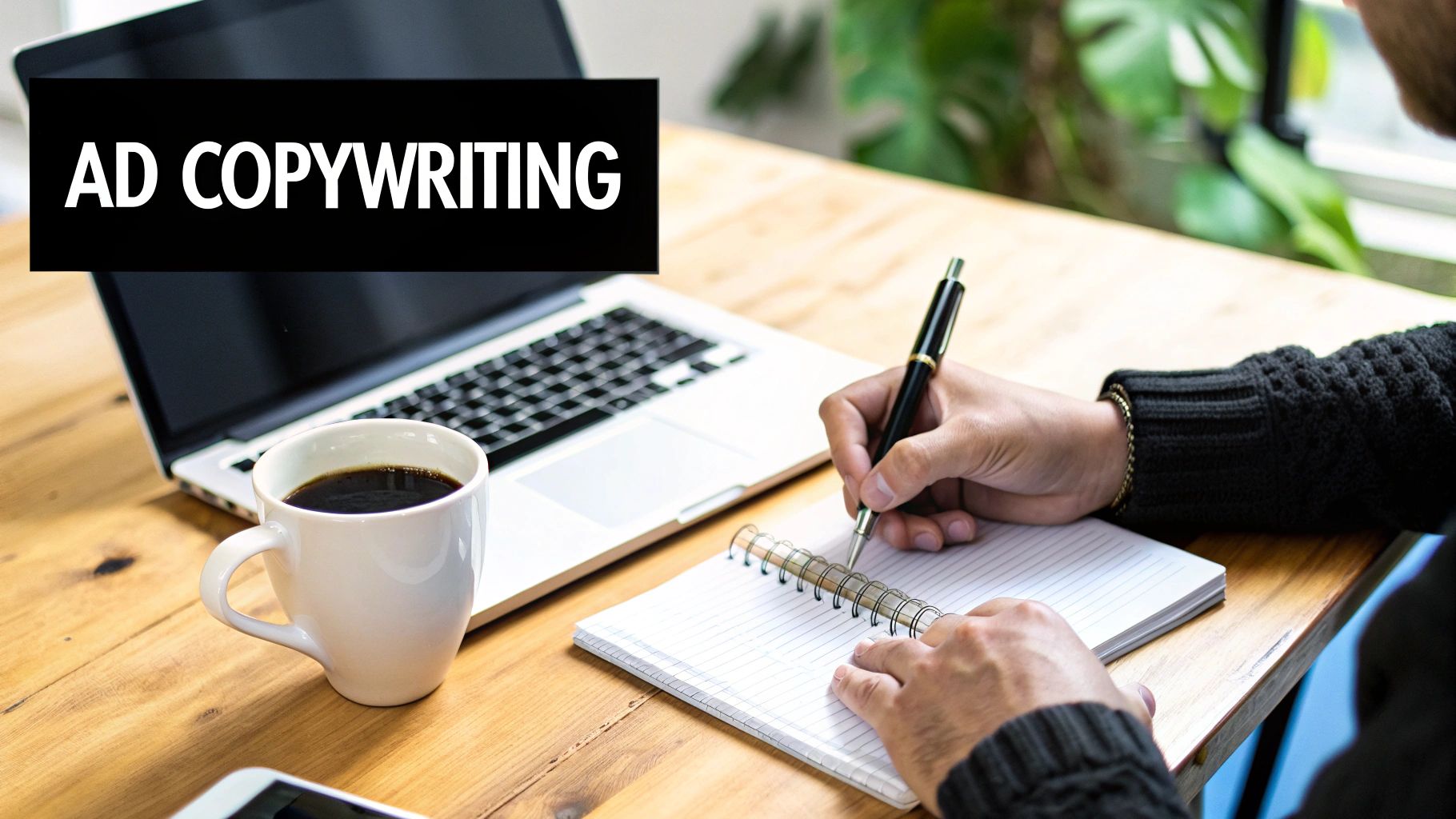
Here's a hard truth: an effective PPC strategy for ecommerce is never a "set it and forget it" machine. It’s a living, breathing system that needs constant attention. This is where the old agency model often fails you, reducing this critical process to a confusing, automated report that lands in your inbox once a month.
But data without insight is just noise.
As your partner, I don't just send you numbers; I help you turn those numbers into profitable actions. This hands-on, specialist approach is what creates a real competitive advantage. We’re not just looking at data; we’re hunting for opportunities. This is the engine that drives a truly successful ecommerce PPC strategy.
Identifying the Ecommerce Metrics That Truly Matter
A bloated agency report might be packed with vanity metrics like clicks and impressions. Sure, they have their place, but they don't tell you a thing about your bottom line. As a business owner, your focus needs to be on the data points that directly reflect profitability.
These are the metrics I live and die by for my ecommerce clients:
Return On Ad Spend (ROAS): This is your North Star. For every dollar you put in, how many are you getting back?
Cost Per Acquisition (CPA): How much does it cost, on average, to land one new customer? This number must be comfortably below your average order value to be sustainable.
Conversion Rate (CVR): What percentage of people who click your ad actually buy something? A low CVR can point to problems with your landing page, your pricing, or the relevance of your ad.
Average Order Value (AOV): How much is the typical customer spending in one transaction? Pushing this number up is a powerful way to boost your ROAS without needing more traffic.
Focusing on these core four gives you an honest, unfiltered look at your campaign's health. Everything else is secondary.
Diagnosing Campaign Issues Like an Expert
When performance dips, an overworked agency account manager might just pause a few keywords or tweak a headline and call it a day. As a specialist, I know the real problem is rarely on the surface. We have to become data detectives, and the clues are always hiding in a few key reports.
The Search Query Report is always my first stop. This report shows you the exact phrases people typed into Google right before clicking your ad. It's an unfiltered look into your customer's mind and a goldmine for finding both high-performing new keywords and budget-wasting irrelevant terms to add as negatives.
Next, I pivot to Auction Insights. This is where you see which competitors are showing up for the same keywords you are. Are they consistently outranking you? Are new players creeping into the market? This isn’t about copying them; it’s about understanding the competitive landscape so we can outsmart them.
Finally, for any ecommerce store, the Product-Level Data in Google Merchant Center is non-negotiable. Here, we can spot which specific products are driving a ton of clicks but no sales, or which ones have a surprisingly high ROAS. This lets us make surgical adjustments, like shifting budget to winning products or fixing issues with the underperformers.
This granular, investigative work is what separates a hands-on consultant from a volume-based agency. An agency reports on the "what." A specialist diagnoses the "why" and prescribes the "how."
The Weekly Performance Review Process
Sustainable growth doesn't happen in monthly check-ins. It's built through a consistent, weekly rhythm of analysis and optimization. This agile approach lets us double down on what’s working and quickly cut what isn’t, stopping small issues from becoming expensive problems.
Here’s the simple, practical template I follow every single week.
Review Core KPIs: I check week-over-week and month-over-month performance for ROAS, CPA, CVR, and total conversion value. Are we on track to hit our goals?
Analyze Search Queries: I dig into the search query report, adding new negative keywords to eliminate budget waste and identifying potential long-tail keywords to target.
Check Product Performance: In Merchant Center and Google Ads, I find the top-performing products and the biggest budget drains. Can we push the winners harder? Do we need to pause the losers?
Formulate Action Items: Based on the data, I create a clear, prioritized list of actions for the coming week. This could be launching a new ad group, testing different ad copy, or adjusting bids on a specific product category.
This repeatable process turns abstract data into a clear action plan. It's the continuous improvement loop that drives real, measurable results, as you can see in some of the successful outcomes highlighted in our Google Ads case studies. This is how a strategic partner helps you build a scalable and profitable advertising machine.
Your Top Ecommerce PPC Questions Answered
When you're in the trenches running an ecommerce business, the PPC questions you have are practical and urgent. Generic guides just don't cut it. This is where having a dedicated consultant—a true partner in your growth, not just an agency account manager—makes all the difference. You don't get a templated response; you get a direct, strategic solution to your specific business challenge.
Here are the answers to some of the most common questions I hear from store owners. These are the real-world queries that come up when you're serious about making your ads profitable.
Should I Run Ads for My Own Brand Name?
Yes. Without a doubt. I see this debate all the time, but the answer is a firm yes, and it’s a critical part of any serious PPC strategy for ecommerce.
Bidding on your own brand name is your first line of defense. Simple as that. If you don't, you’re leaving a wide-open door for competitors to place their ads directly above your organic listing, stealing customers who were specifically looking for you.
Think of it as cheap insurance. Branded search campaigns almost always have incredibly high click-through rates (often over 50%) and dirt-cheap costs-per-click because the user's intent is so high. It’s an inexpensive way to control the top of the search results, dominate your own SERP, and stop competitors from poaching your most valuable traffic. An agency might see this as an easy win to pad their reports, but a specialist understands it as a foundational defensive maneuver.
How Much Should I Spend on Google Ads?
This is the million-dollar question. The honest answer? It depends. But there's a strategic way to figure it out, and it has nothing to do with pulling a random number out of thin air. An agency might give you a generic percentage of revenue. I come at it from a completely different angle, starting with your actual business metrics.
First, we need to get crystal clear on two numbers: your Customer Lifetime Value (LTV) and your profit margins. Your ad budget should be built around what you can actually afford to pay to acquire a new customer while staying profitable.
If a new customer is worth $300 to your business over their lifetime, you can confidently set a target Cost Per Acquisition (CPA) of $50 or even $75 and know you’re building long-term, sustainable value.
A common mistake is focusing only on the profit from that first purchase. I guide my clients to see the bigger picture. We calculate a budget based on building a sustainable customer base, not just making one-off sales. It’s a shift from short-term thinking to a long-term growth mindset.
From there, we can set a starting test budget—usually in the $1,500 to $3,000 per month range—just to gather enough data to prove the model works. The goal isn’t to spend a certain amount; it’s to invest an amount that generates a profitable, scalable return.
How Long Does It Take to See Results?
PPC is faster than SEO, but it’s not instant. While an agency might promise you quick wins to get you to sign a contract, a seasoned consultant will set realistic expectations from day one.
You can start seeing initial data—clicks, impressions, maybe even a few conversions—within the first 72 hours of launching a campaign.
But real "results" come after the initial data collection and optimization phase. Here's a realistic timeline:
The first 30 days are all about gathering performance data. We're learning what works and what doesn't.
The following 60 to 90 days are for aggressive optimization. This is where we refine bids, add negative keywords, A/B test ad copy, and dial everything in.
You should expect to see consistent, profitable returns within that 90-day window. Anyone promising you profitable scale in the first week is selling you a fantasy.
Ready to stop guessing and start growing? Come Together Media LLC offers the dedicated, one-on-one Google Ads expertise that bloated agencies can't match. Schedule your free, no-obligation consultation today.




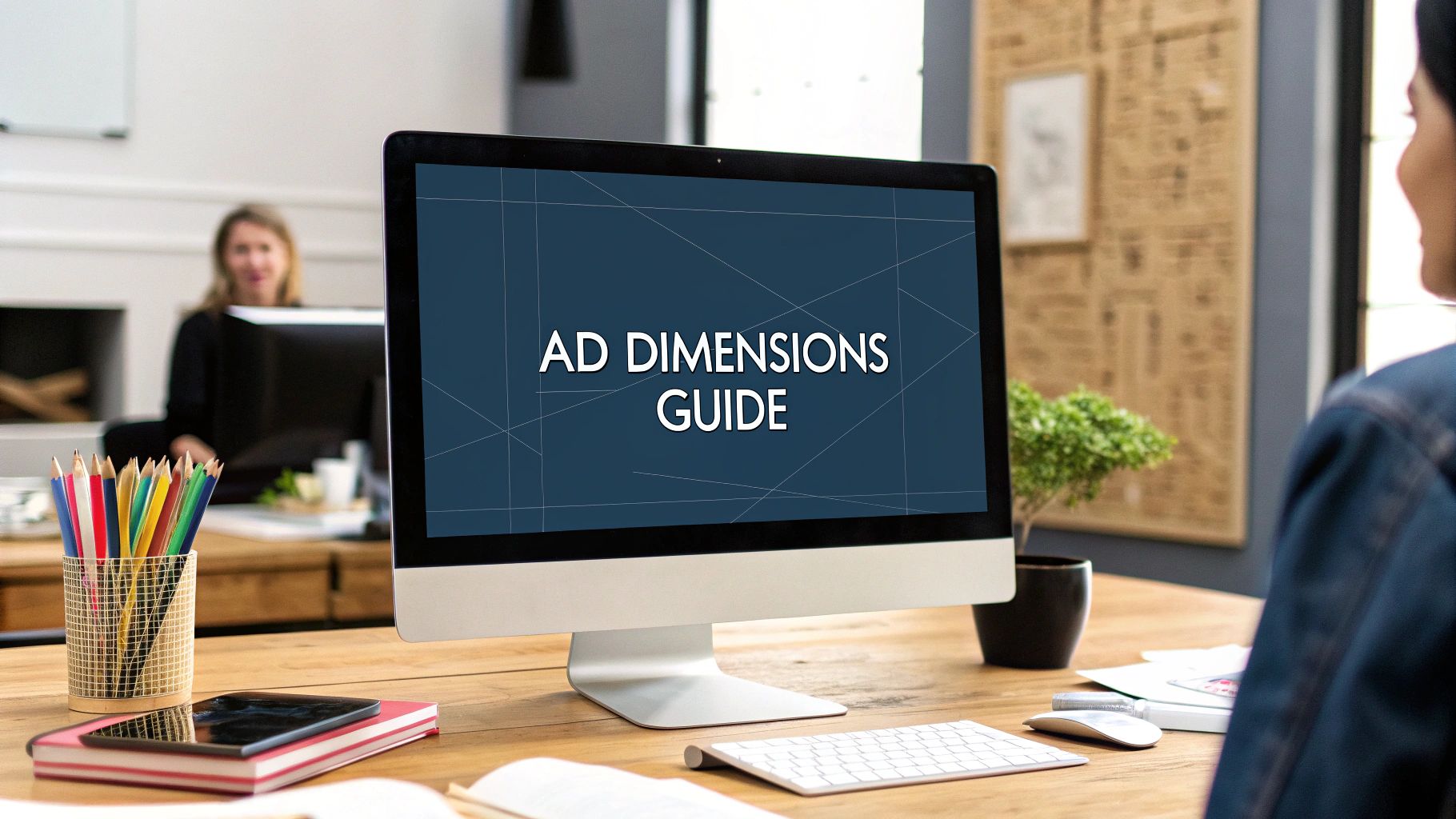

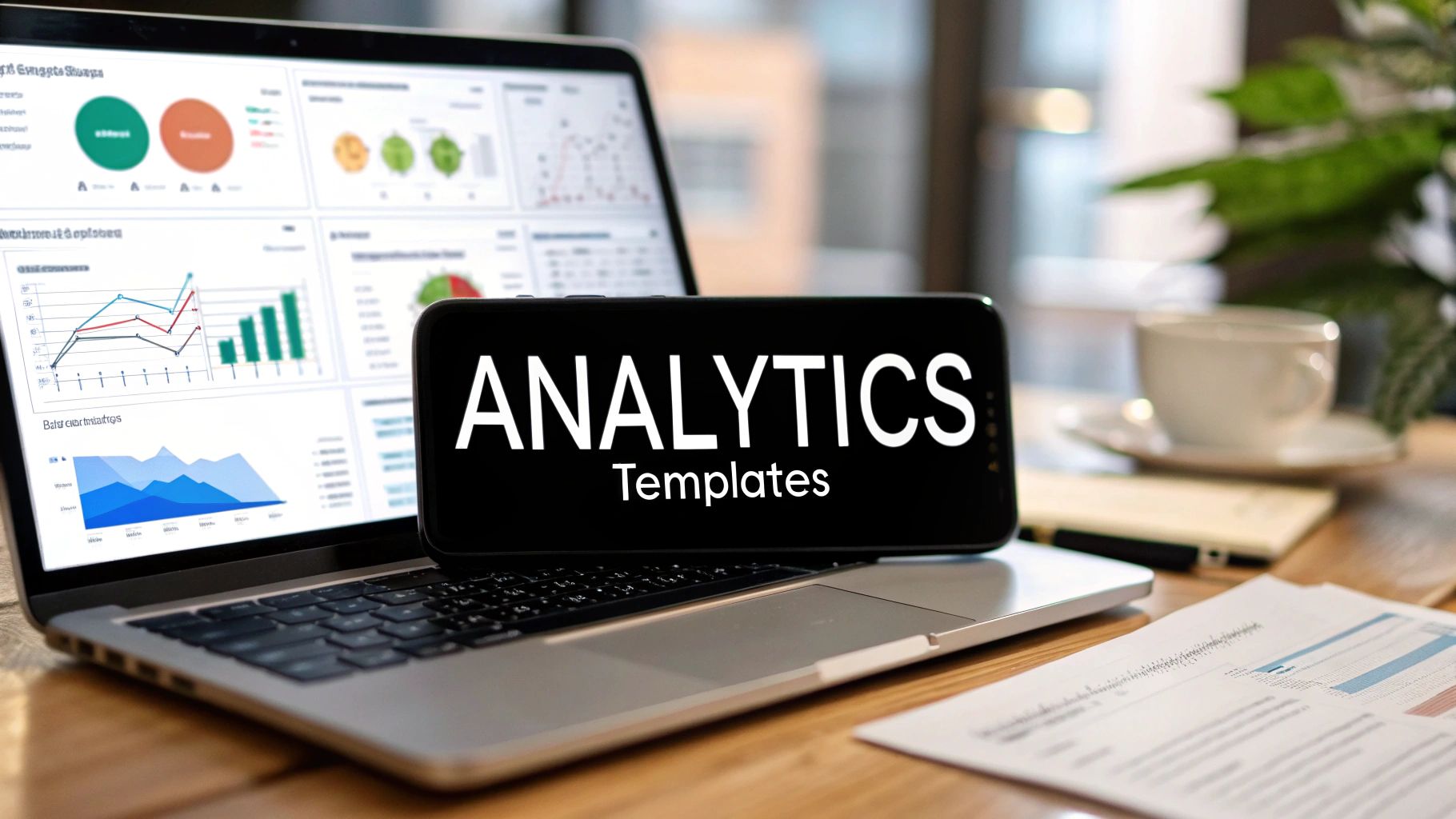
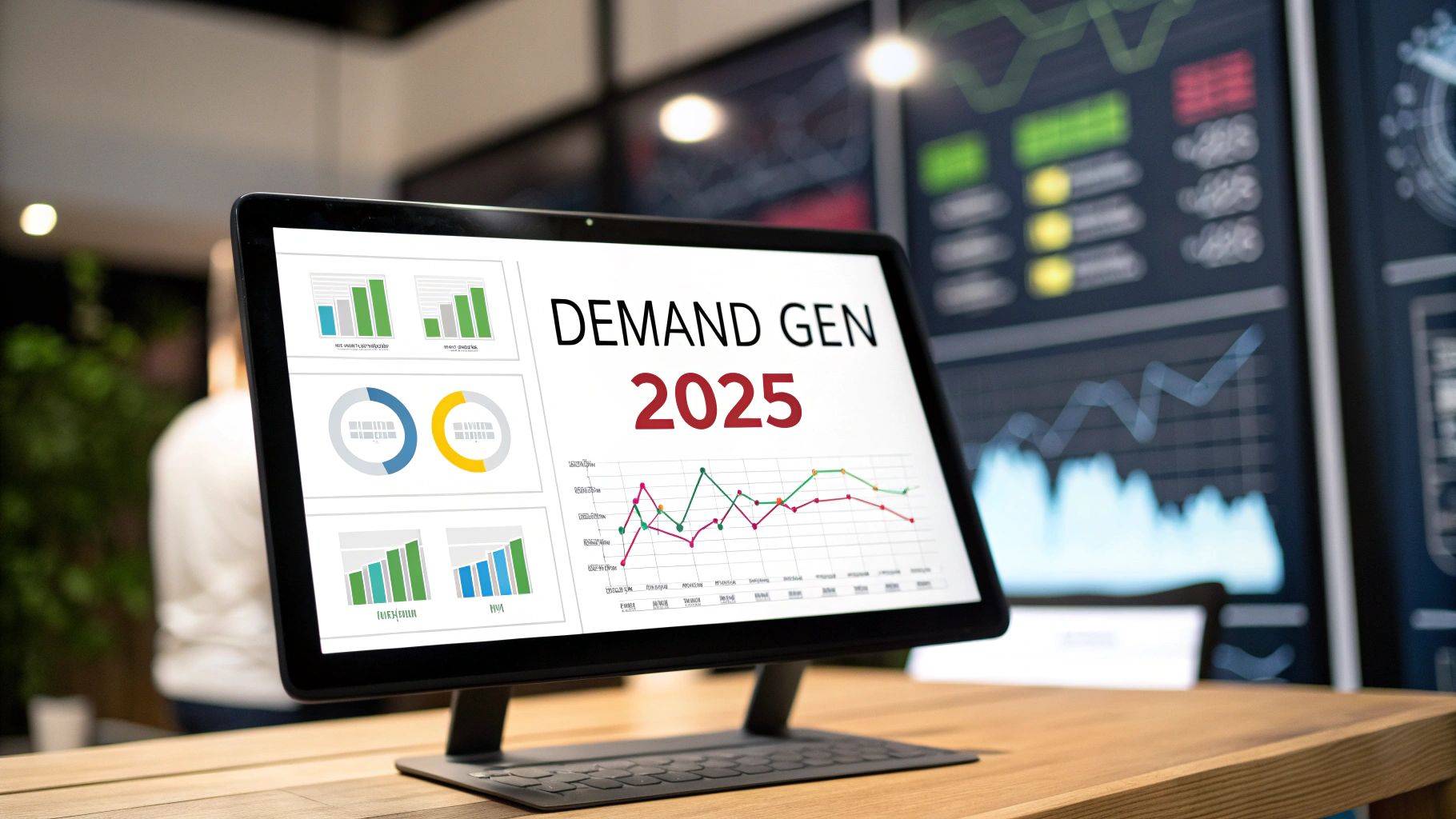

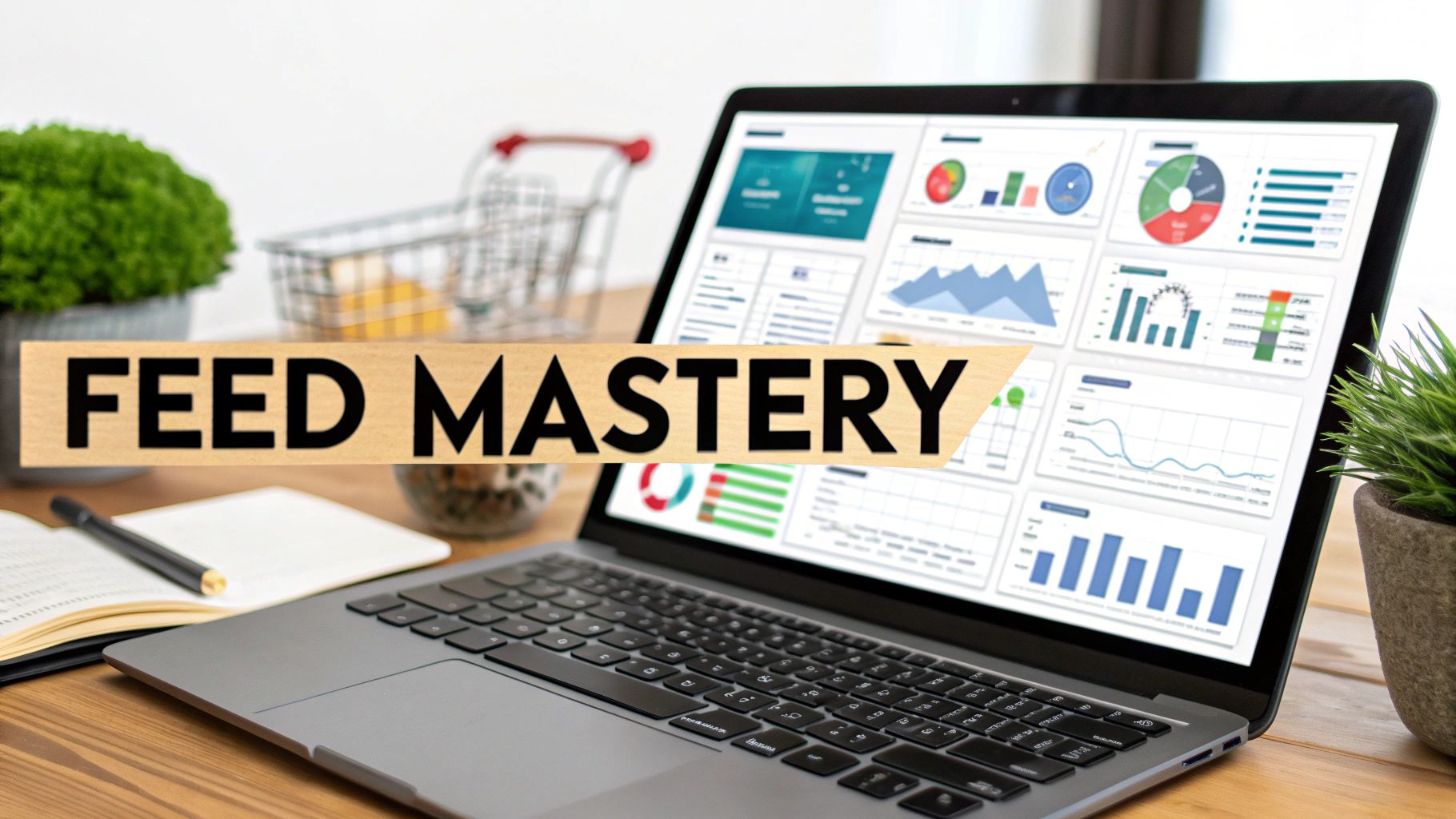

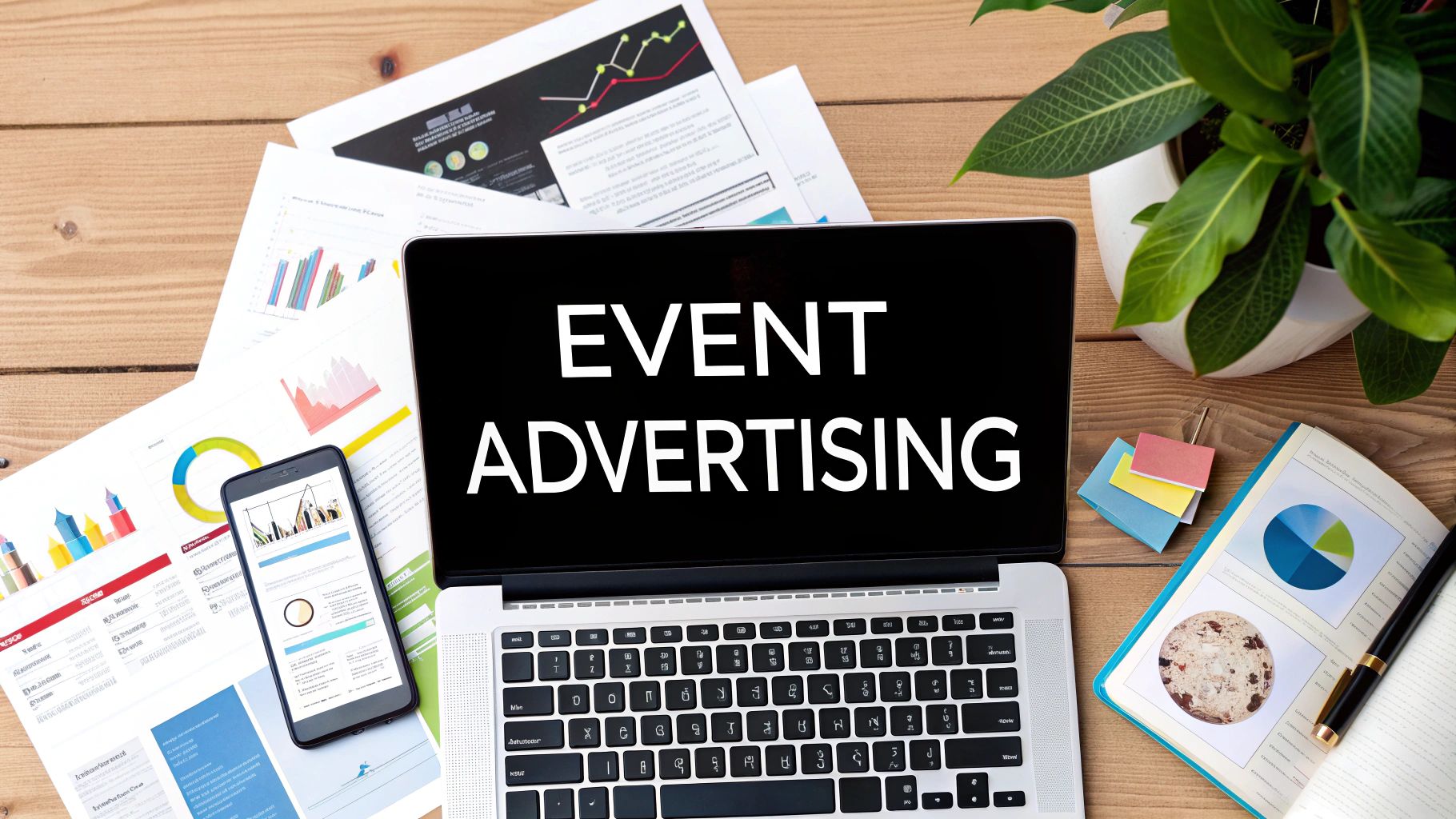
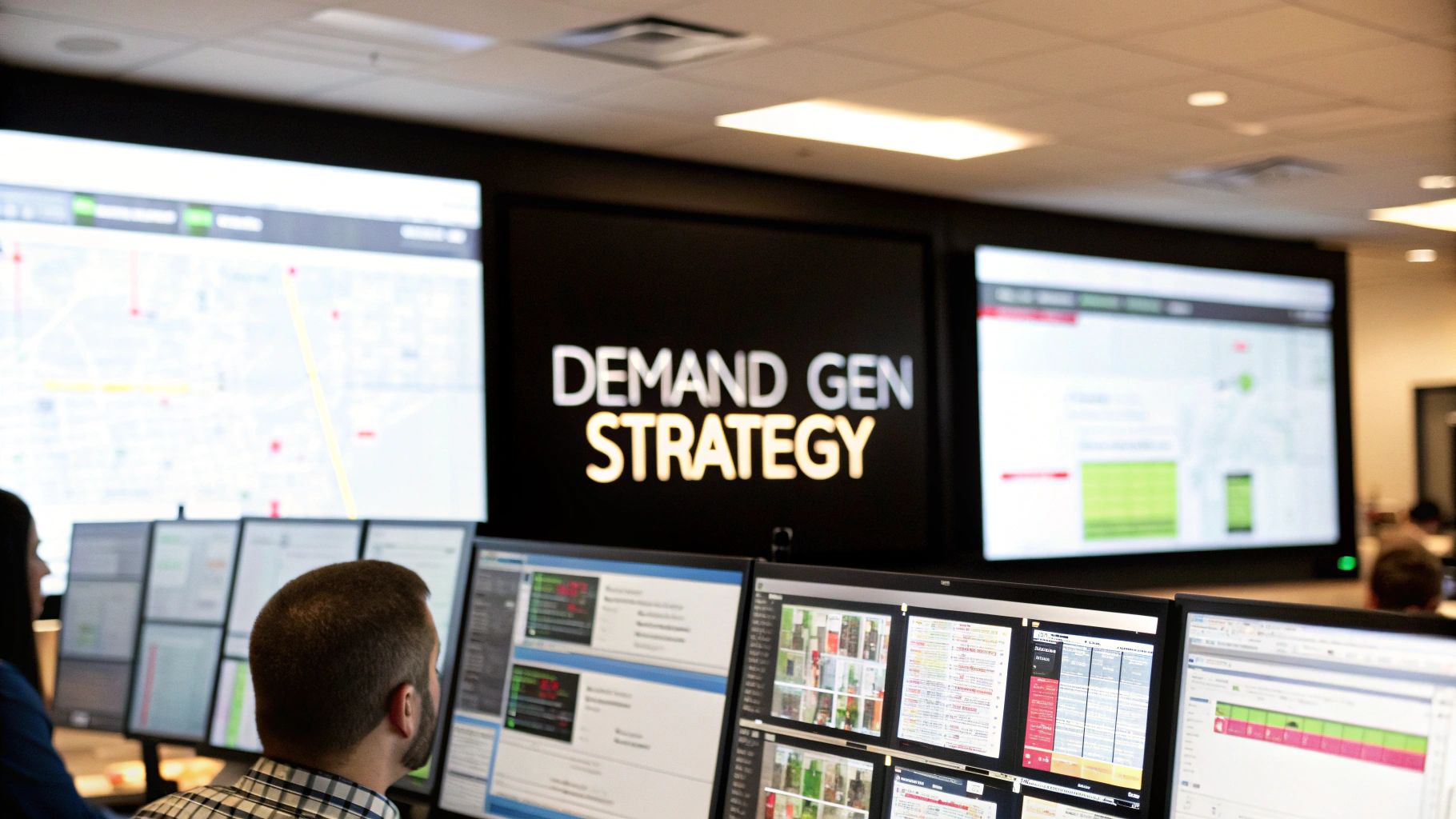
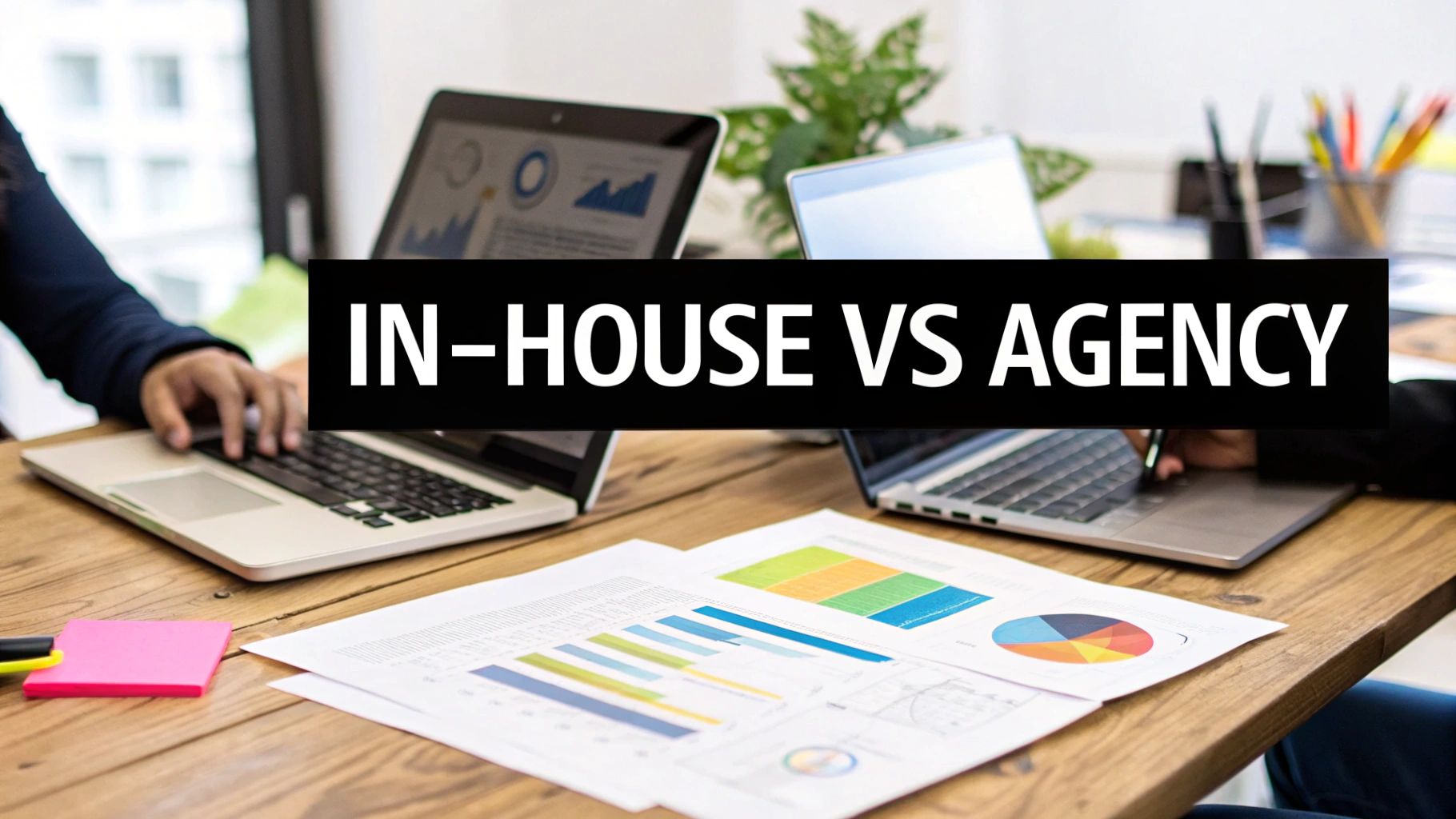
Yaywin Game Online is one of the most entertaining platforms I’ve come across recently. The gameplay is fast, smooth, and full of excitement. It’s perfect for those who love fun, fair, and engaging online experiences. The user interface is modern and easy to use, making it ideal for all types of players. Definitely a must-try for online gaming fans!